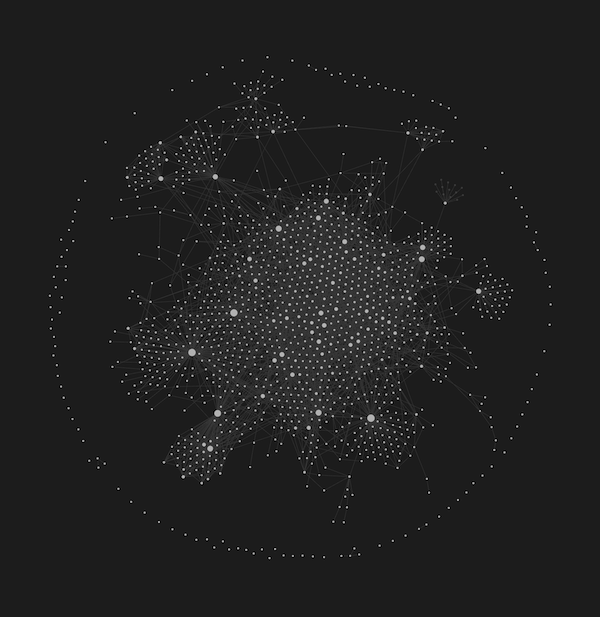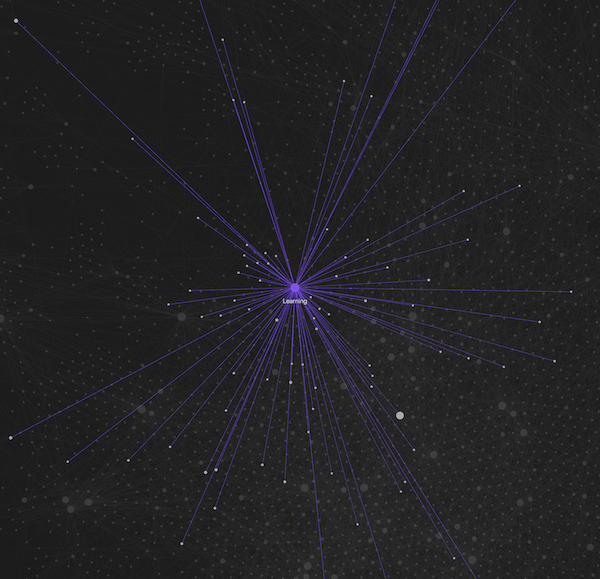Knowledge Management with Obsidian
On a mission to decrease cognitive load and regain focus in a world of information abundance.Keeping What Resonates
In today’s world, where we are bombarded with endless streams of information, finding relevant content that genuinely supports both professional and personal development can feel like searching for a needle in a haystack. The overwhelming influx of data often leads to a cluttered mind and an unorganized archive of knowledge.
A Transformational Approach: Building a Second Brain
My journey towards a more organized mind began with a transformative read—Tiago Forte’s “Building a Second Brain.” This book was a revelation, showing that life doesn’t have to be a chaotic jumble but can be approached with calmness and systematic organization.
Choosing the Right Tool for Knowledge Management
Initially, I gravitated towards Notion for its user-friendly interface, which seemed like a promising start. Over time, however, I found that Notion wasn’t the perfect fit for handling the complexity of interlinking thousands of notes—a crucial aspect of my knowledge management system that didn’t mesh well with my mental model.
A Game-Changer: Switching to Obsidian
Unlike Notion, Obsidian operates on markdown files stored locally on your device, ensuring that you maintain full ownership of your data. The ability to link notes through a simple [[note]] syntax has enabled me to weave a complex web of interconnected knowledge, easy to navigate and expand upon.
After several years and accumulating over 8000 notes, Obsidian has proven to be a game-changer in how I capture and manage knowledge. This tool has not only streamlined my workflow but has also transformed the chaotic influx of information into a structured, navigable web of insights. Thanks to Obsidian, I can now embrace a life of clarity and organization amidst the noise of information overload.


